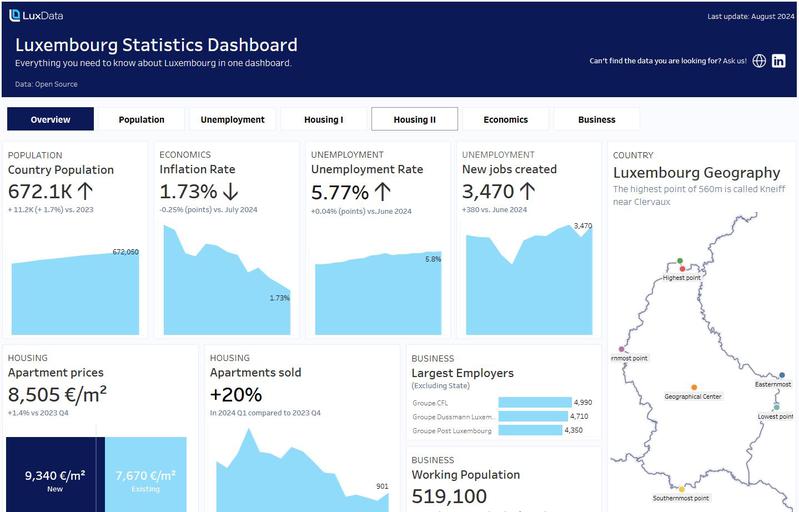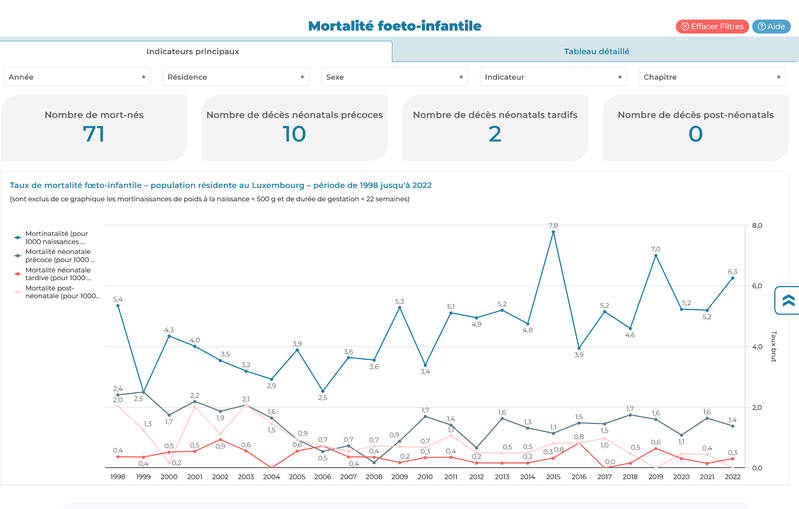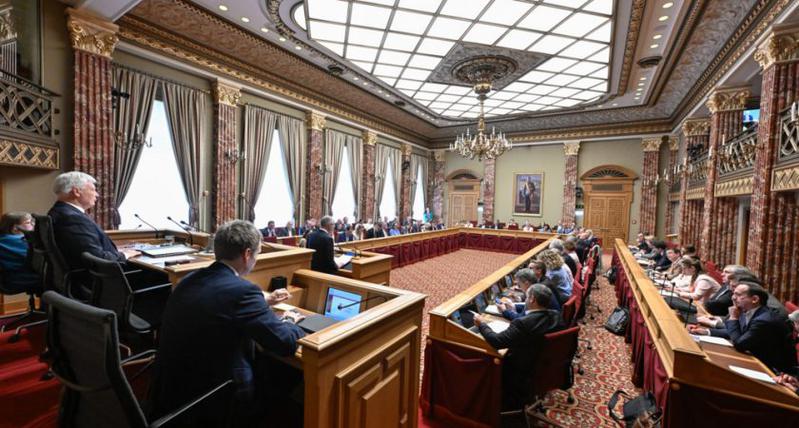MERLIN - Multimodal electrified infrastructure planning
Publié le 27 avril 2019

Informations
- Type
- Idée
- Thématique
- Autres
- ID
- 5cc46e714384b02e1eaf90af
Publication
Intégrer sur votre site
URL stable
Description
The ever growing congestion levels in Luxembourg are causing significant economic losses, as well as in terms of liveability, environment and health. Luxembourg has the unfortunate record of more than 33 hours spent in congestion per year per inhabitant, according to the INRIX Traffic Scorecard. Congestion negatively impacts the performance and business productivity of both individuals and companies, and higher congestion leads to increased air and noise pollution, reducing the quality of life of individuals in the country. In response to this, two major initiatives have been promoted by the Luxembourg’s government in the past: 1) The IVL (Integratives Verkhers und Landesentwicklungskonzept) policy, which focuses on strategies for relocating part of the employments concentrated in Luxembourg City (which currently hosts around 50% of the jobs of the Grand Duchy), hence promoting a polycentric spatial development (the so-called ‘decentralised concentration’), and 2) the MoDu (Mobilité Durable) policy, aimed at fostering sustainable mobility through investments in collective transport (e.g. the tram project, the multimodal hubs, the continuous improvements of cycling infrastructure and bus lines,…), with the aim of reducing car dependency of resident and cross-border commuters. This policy is currently being redefined and updated (MoDu 2.0) by considering offering incentives to encourage the use of sharing mobility solutions (car sharing, bike sharing and carpooling) and the acquisition of electric and hydrogen-powered vehicles, both for the private fleet of vehicles and within the public transport services. The recent installations of a number of fast charging stations for electrical buses is the most prominent example of such policy and certainly represents the largest economical effort being made by the current government, aside of the tram line. These systematic changes, observed in the transport and mobility systems, and, on a broader perspective, in the land use developments of the country, are creating major challenges for the future planning of our networks. The complex urban dynamics caused by the fast growth of the population, the workplace relocation of major firms to the ourtskirts of the capital city, together with the strong development and implementation of innovative transport and mobility services make any forecasting model based on past trends inadequate. There is therefore the need to move to new and more sophisticated modelling approaches which make use of all possible types of data, such as those being collected and, for a large part, offered by the government in an open legacy framework. The MERLIN (Multimodal Electrified infRastructure pLannINg) project fits well in this context as it aims at developing a platform to investigate the impact of different mobility solutions for the country. More specifically, our goal is to provide a decision support tool for the government and for the info-mobility operator, which will enable the following assessment opportunities:
It will allow estimating and modelling current and future mobility patterns, in terms of demand flows for different modes and their combinations.
This will allow identifying both planning and (dynamic) management solutions (e.g. optimising traffic lights and public transport schedules);
It will allow assessing the environmental impact of the proposed planning and management solutions through the coupling of transport modelling and emission and fuel/energy consumption modelling approaches;
It will provide a decision support expert system able to suggest how to redesign the future public transport network, taking into account the urban dynamics and the major infrastructure changes, as well as it will indicate where to replace conventionally fuelled Public Transport services with electrified systems and where to locate charging points.
In other terms, multimodality, shared and electro-mobility are the central elements considered in this project. This will enable to put into practice alternative forms of mobility, with a specific focus on emerging technologies in sustainable transportation. The MERLIN project will moreover provide a flexible modelling platform, which, in the future, could also be extended towards novel Mobility-as-a-Service systems, which are currently under investigation by researchers and policy makers worldwide.
Jeux de données utilisés 2
Discussion entre l'organisation et la communauté à propos de cette réutilisation.
Plus de réutilisations
Découvrez davantage de réutilisations.
-

-

-

-
Chambre : les débats ont duré 122 heures
Article de presse
Publié le 19 août 2024 par Open Data Lëtzebuerg

